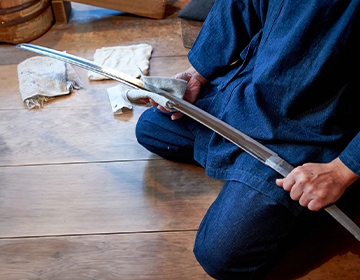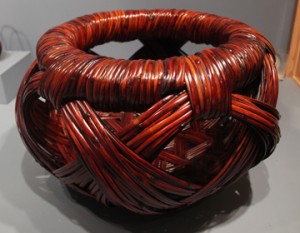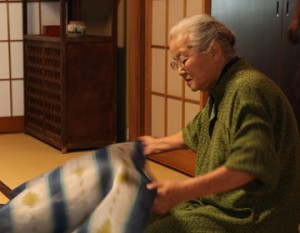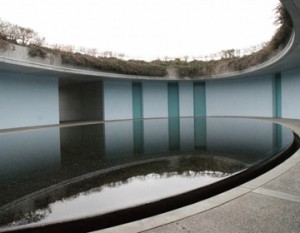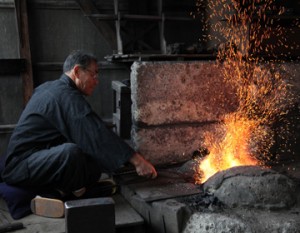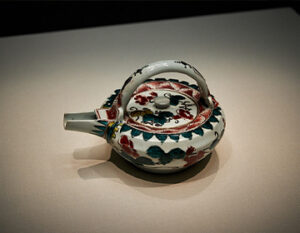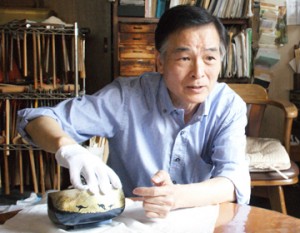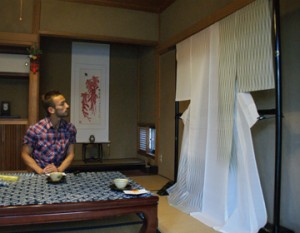The Hon’ami Family Enhanced the Value of Japanese Swords
When I see the nameplate “Hon’ami,” I flip back to my Japanese history textbooks in my mind.The name may remind many people of Hon’ami Koetsu, a calligrapher and potter active in the Edo period.Hon’ami Kōzu is the owner of a Japanese-style house in a quiet residential area in Tokyo’s Ota Ward.He is a living national treasure (holder of Important Intangible Cultural Property) who appraises and polishes Japanese swords.
During the Kamakura period (1185-1333), long swords were the norm for fighting on horseback, but by the Muromachi period (1333-1573), short swords were being used for ground fighting.At that time, instead of making a new sword, the part of a long sword with the swordsmith’s name on it was cut off to shorten it, so it became difficult to tell who made the sword, which is why the job of appraising swords became necessary.Swords were an indication of a samurai’s rank, so it was very important to know what kind of sword he had,” says Hon’aya Kosyu.
The Hon’ami family has been involved in appraising and polishing swords for generations since the first Hon’ami Myomoto served as swordsmith to Ashikaga Takauji, and has served as the producer of Japanese swords.The word “origami” comes from the sword appraisal certificates issued by the Hon’ami family.The word “origami” was coined because the value of a sword increased when it was certified as having been authenticated by the Hon’ami family.A Japanese sword is a highly artistic work that can be appreciated for its various sword forms and blade patterns, as well as its cap, stem shape, and inscription.The process of making a complete sword involves many different craftsmen, including a sword smith who hammers iron from tama-hagane (tamahagane), sharpening, engraving, and arranging the sheath and handle, known as a koshira.Hon’ami Koetsu’s main occupation was the appraisal and polishing of swords, but he also demonstrated his artistic ability in many other fields, such as calligraphy, painting, ceramics, lacquer, and gardening.
Mr. Kosyu, the current head of the school, not only produces excellent Japanese swords, but also plays an important role in the preservation of cultural assets by polishing many swords designated as national treasures and important cultural properties.

Carefully crafted one-of-a-kind sword
The sound of shuffling swords is echoing in Kwangju’s workshop.The room for the sharpening process, with wooden flooring and a north window, is filled with a serene and sacred atmosphere, where master swords owned by museums and collectors from all over the country are waiting to be sharpened.
‘Is there a sharpening method unique to the Hon’ami family?'(Nakada)
The Hon’ami family has a unique way of sharpening swords.The blade should be sharpened softly like snow on a pine tree.The technique itself has not changed.There are some so-called secret techniques, but what is important is how to bring out the best of what the sword originally has,” says Hon’aya Kosyu.
Mr. Koshu’s polishing process is said to be highly acclaimed as a way to maximize the beauty of each sword and complete it by carefully proceeding through each step while highlighting the highlights in accordance with the personality and style of the modern swordsmith.
The blade is checked by natural light and sharpened using only natural whetstones.I am sure I am not the only one who feels as if even the spirit of the samurai that resides in the shiny Japanese sword comes to life when I see it.





